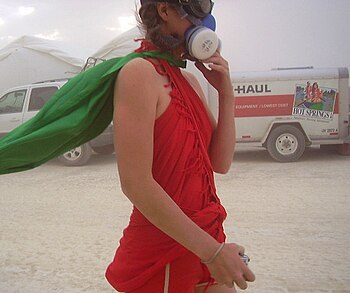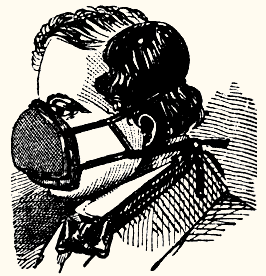The recent legionnaire's disease outbreak in the Bronx, is over according to the New York City Health Department. The impact of this disease outbreak seems to have not had an impact on the Opera House Hotel (according to the New York Times) which was at the center of the outbreak. A far cry from the first legionnaire outbreak back in 1976. That outbreak caused the closing of the Bellevue Stratford Hotel, four months after the outbreak and it did not reopen until 1979.
 |
| English: Bellevue-Stratford Hotel, Philadelphia (Photo credit: Wikipedia) |
Legionnaire's disease is caused by a common gram negative rod-shaped bacterium called Legionella. It is widely distributed natural inhabitant of waters. There are approximately 50 species and 70 serogroups have been described. The 1976 occurrence in Philadelphia had 221 people that were treated and 34 deaths. Legionella bacterium was found in the cooling tower of the hotel's air conditioning system.
Legionnaire's disease symptoms include fever, chills, cough, muscle aches, headache, tiredness, loss of appetite, loss of coordination and occasionally diarrhea and vomiting. Typically takes 2-10 days to incubate. Many cases go undiagnosed and transmission is not person to person. It is treatable with antibiotics if diagnosed early enough.
The infection occurs from inhaling water droplets that originated from a water source contaminated with Legionella. Typical manmade sources include cooling towers, evaporative coolers, hot water systems, showers, whirlpool spas, architectural fountains, room-air humidifiers, ice-making machines and misting equipment. Environmental sources are freshwater ponds, rivers and creeks.
 |
| A forced draft cooling tower (Photo credit: Wikipedia) |
Commonly used method of analysis is the methodology from the Centers for Disease Control (CDC) which involves collecting a sample of the water source. Culture Analysis is considered the "gold standard" and analysis can take 10-14 days. The OSHA Technical Manual offers the following guidelines for interpreting Legionella analysis results (numbers are in colony forming units per milliliter (cfu/ml)):
ACTION COOLING TOWER DOMESTIC WATER HUMIDIFIER
1 100 10 1
2 1000 100 10
Action 1: Prompt cleaning and/or biocide treatment of the system.
Action 2: Immediate cleaning and/or biocide treatment.
As part of the outbreak, the New York City Commissioner of Health and Mental Hygiene (DOHMH) issued a mandatory order to have cooling systems inspected and remediated within 14 days of receipt of the order. New York City has recently passed new requirements (Local Law 77 of 2015) for the registration of cooling towers and evaporating condensers. Existing cooling towers and evaporative condensers must be registered with the New York City Building Department (NYC DOB) by September 17, 2015. Visit the NYC DOB website for more info. The DOHMH order requires building owners to hire environmental consultants experienced in disinfection using current industry standard protocols including the American Society of Heating, Refrigeration, and Air-Conditioning Engineers (ASHRAE) Standard 188P and Cooling Technology Institute Guidelines WTB-148.
Disinfection will require the use of biocides, biocides are regulated by the Environmental Protection Agency (EPA) under the Federal Insecticide, Fungicide, and Rodenticide Act (FIFRA) and by New York State Department of Environmental Conservation (NYS DEC). EPA regulates the labeling and use of biocides. NYS DEC requires a commercial pesticide applicator certification in Category 7G - Cooling Towers, Pulp & Paper Process.
Will these new requirements prevent another outbreak? Only if the regulations are enforced. There are many laws on the books, however, how many of them are enforced. You can almost say instead of "the devil is in the details", you should say "the devil is in enforcement". Be Safe!
Related articles





























.jpg)
.jpg)
















